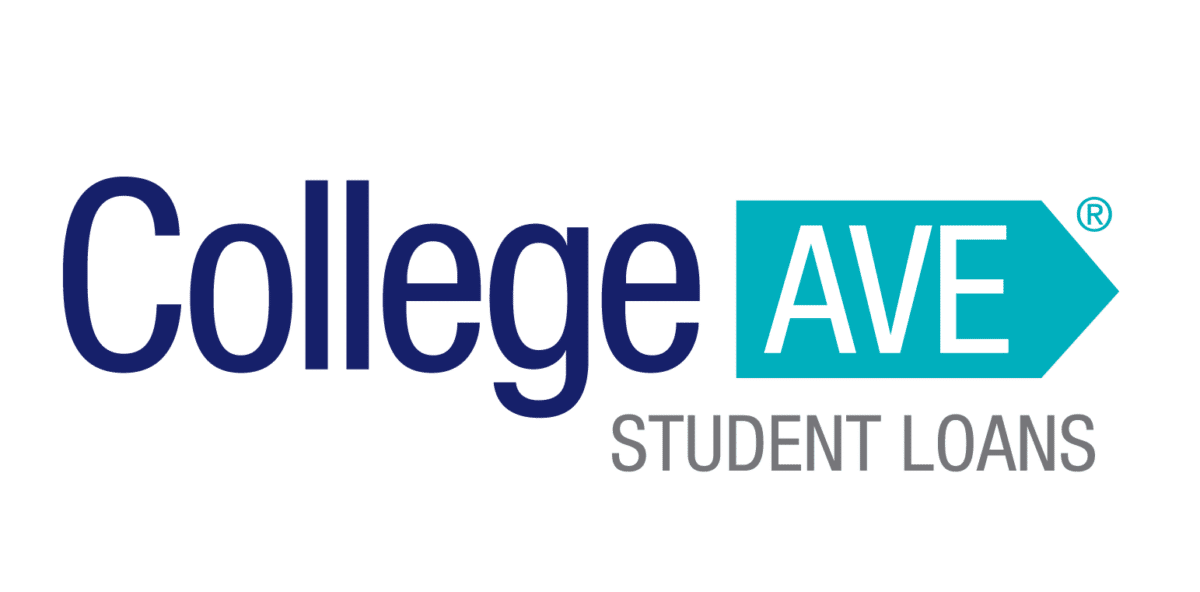
Student loan interest rates are lower than we’ve seen in decades. Stafford Subsidized loans are at 2.75% for the 2020-21 school year, Stafford Unsubsidized loans are at 4.3%, and Grad PLUS and Parent PLUS loans are at 5.3%.
This news is great for those who need to take out loans because the lower interest rates mean that it will be less costly to pay off their student loans in full.
But private student loan interest rates may be even lower and could offer even more savings. In fact, some variable-rate offers are near 1%.
So is it worth it to save money on the interest rate by going after variable-rate private student loans or should you take out federal loans instead? Let’s take a look.
Private student loans vs. federal student loans
While private student loans operate like most other debt, federal student loans are wildly different from pretty much any other debt out there.
The cost of paying back private student debt and most other debt — such as credit cards, auto loans, mortgages and personal loans — is pretty straight forward. Secure a low interest rate and pay it back in full as fast as possible.
Lower interest rates save you money. For example, paying back a $50,000 loan over 10 years at a 7% interest rate will end up costing $69,665. The extra $19,665 is all due to the interest rate. The cost of paying back a $50,000 loan at a 2% interest rate over 10 years is $55,208. That is only $5,208 in interest, a $14,457 interest savings.
That’s about all that can be done to lower the cost of paying back the debt.
To secure the lowest interest rate, you need to be an attractive borrower in the eyes of lenders. The interest rate and repayment terms for private debt can be based upon credit and the prevailing market conditions. Private student loans have to be paid off in full, and there’s not much payment flexibility if the borrower falls on hard times.
Here’s a summary of the characteristics of federal student loans and private student loans:
Federal loans:
- Flexible payment options (income-driven repayment, forbearance)
- Potential for loan forgiveness
- Cap on how much you can borrow for undergrad
- Higher interest rates
Private loans:
- Payments based upon amount of debt owed (limited forbearance)
- Need to be paid back in full (no forgiveness)
- Dependent upon credit
- Potentially lower interest rates
Federal student loan repayment
Federal student loans operate by a totally different set of rules. Yes, they have repayment options that are based upon the amount of debt, but there are also plans that are based upon income, not debt.
Federal student loans can be put on income-driven repayment (IDR) plans. Payments are based upon income and aren’t really impacted by the amount of debt owed other than the amount of debt that can be forgiven. The savings come from keeping payments as low as possible and maximizing the amount of loans forgiven (taxable or tax-free with Public Service Loan Forgiveness, or PSLF).
Because the IDR plan is based on income, a higher income means higher payments, and a lower income means lower payments. If two people had the same amount of debt, say $200,000, but one was making $100,000 while the other was making $200,000, the higher earner’s payments would be around two times the other person’s payments if on the same IDR plan.
However, if two people had different debt amounts but had exactly the same income trajectory, the payments would be identical on an IDR. For example, if two people were going for PSLF with the same projected income over the next 10 years, but one had $200,000 in student loans while the other had $400,000 in student loans, their payments would be exactly the same each year despite the difference in debt.
If both of them were going for PSLF, they’d both spend the same amount of money paying back their student loans despite the large difference in debt. The only difference is that the one with $400,000 would have more debt forgiven tax-free. That said, getting lower student loan payments should never be a reason to deliberately make less money. It’s financially better to make more money and have higher payments because then there’s a greater opportunity to build up savings and reach financial independence.
Along with that payment flexibility, if someone’s income drops or they’re out of a job, they can either adjust their IDR to $0 (if there’s no spousal income or they filed separately). If they’re earning an income but also have other financial priorities, student loan payments can be put in deferment or forbearance for up to three years.
Risks of variable private student loans
The interest rate on debt can either be fixed or variable. Fixed means the interest rate stays the same for the life of the loan. Variable means that the interest rate may adjust over time depending on what market interest rates do. Typically, lenders will try to entice people to take the variable interest rate by offering a lower initial interest rate versus the fixed option.
Private student loans in general carry more risk to the borrower than federal student loans do because the bank is taking the financial risk of lending with no government guarantee. For that reason, private banks tend to run a tighter financial ship. Interest rates are based upon credit scores, and there’s generally less flexibility.
The biggest risk to the private loan borrower is that payments have to be made on these loans regardless of the borrower’s financial situation. Some private lenders offer a few months of forbearance, but there’s not much that can be done to ease the financial burden of student loans.
Someone could take out loans then not graduate, they could fall on hard times, or maybe their income isn’t what they thought it would be, so it’s much more challenging to make their payments.
Another risk specific to variable-rate loans is that rates could go up, which makes loan repayment more expensive. If someone has a fixed interest rate and rates go up, it’s no problem because they’re locked at the lower rate. Someone with a variable rate would have to refinance to secure a fixed rate.
That’s called interest rate risk, the chance that rates could move against you. The problem is that it’s hard to know what’s going to happen with rates. Coming out of the Great Recession in 2008-2009 when rates were low, many experts thought rates would go up quickly, but they didn’t.
Anyone who is planning to take out a variable-rate loan needs to be prepared for rates to go up just in case. Right now, rates are near historic lows. From here, they could stay where they are, go even lower, could increase substantially, or anything in between those scenarios.
It’s unpredictable, so it’s really important to know what the variable rate is based on and how much it could go up if or when rates change.
Get Started With Our New IDR Calculator

When is it worth it to take out a variable-rate student loan?
In most cases when considering debt, lower interest rates are always better than higher ones. But, federal student loans operate by different rules than most debt, so sometimes it is worth it to pay a higher rate for the more flexible features.
To me, payment flexibility and the opportunity to go for loan forgiveness are worth some money. Taking out a 2.75% Stafford Subsidized loan might be worth it compared to a 1.5% variable private student loan because of those federal student loan benefits. I’d pay an extra 1.25% just in case things didn’t pan out like I was expecting over time.
But what interest rate difference are those features worth? How about the difference between 1.5% and 4.3%? It gets a little more difficult to decide at that point, and it all comes down to personal preference and risk tolerance, and that varies from person to person.
There are certain circumstances in which you should definitely avoid private student loans, however. Don’t take private loans out if any of these apply to you:
- You are planning to (or there’s a chance you could) work for a qualifying PSLF employer.
- The amount of your student debt will be more than your expected annual income after graduation.
- Stafford Subsidized loans cover the cost of going to school.
- You don’t qualify for a low interest rate on the private loans.
When does it make sense to take out variable private student loans? When you meet all of these criteria:
- There is no PSLF in your future.
- Your annual salary has a high probability of being more than the amount of student debt you’ll have when you graduate.
- You qualify for the low variable rate but also could afford it if the rate goes up to the cap.
- You’ve exhausted your grant, scholarship and federal loan options, and there’s not a less expensive option for your education.
- You are financially disciplined and plan to live below your means after graduation so that you can build a solid financial future.
As you can see, most people shouldn’t take out private student loans. It’s simply not worth the risk or cost. But for those who meet the criteria above, a private loan could help them save money on interest on their way to paying back their private student loans.
How to get a variable-rate student loan
Different banks may have different formulas to approve or reject a loan application and to offer a low interest rate or not. Think of it like they’re investing in a portfolio of loans. Maybe they’re looking to fill out their portfolio with “safer” loans so they can offer a low interest rate for those who qualify. Maybe one bank’s formula puts you at a low risk while another sees you as a higher risk.
For this reason, we suggest applying to a variety of lenders to see who gives you the best interest rates and terms. Check out some of the best private student loan companies to see what options might be available to you.
If you realize that you want to explore the federal student loan route, I suggest that you get a custom predebt plan for your student loans to see what your options are and what repayment could look like when you graduate.
The bottom line is that this is a major financial decision. We want to make sure to help you put the best plan in place for your specific situation.
| Lender Name | Lender | Offer | Learn more |
|---|---|---|---|
| Sallie Mae |

|
Competitive interest rates.
|
Fixed 4.50 - 15.69%
Variable 6.37 - 16.78%
|
| Earnest |

|
Check eligibility in two minutes.
|
Fixed 4.67 - 16.15%
Variable 5.87 - 18.51%
|
| Ascent |

|
Large autopay discounts.
|
Fixed 4.09 - 14.89%
Variable 6.22 - 15.20%
|
| College Ave |

|
Flexible repayment options.
|
Fixed 4.07 - 15.48%
Variable 5.59 - 16.69%
|

